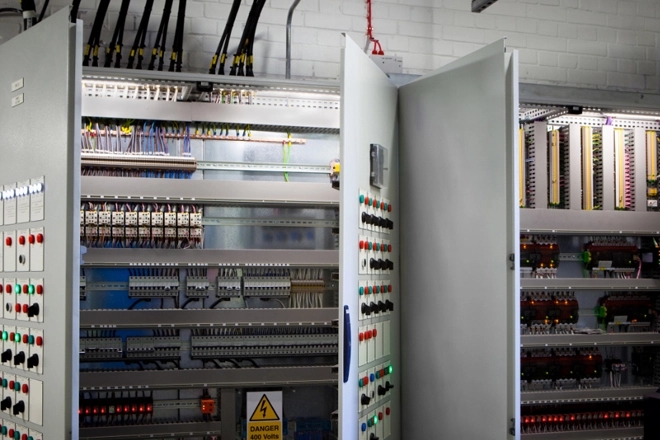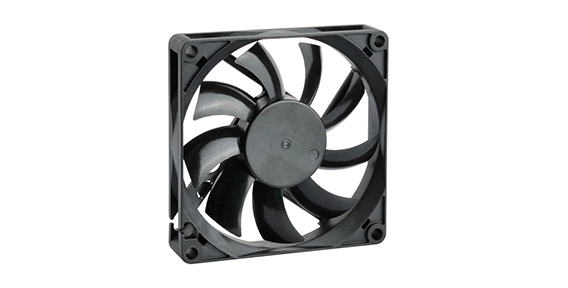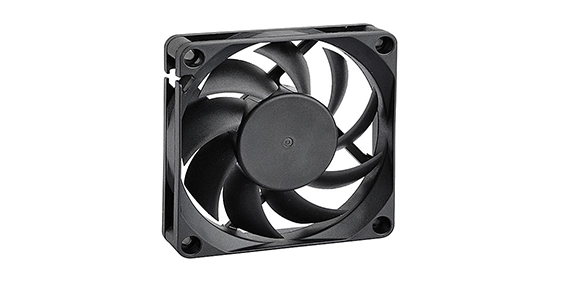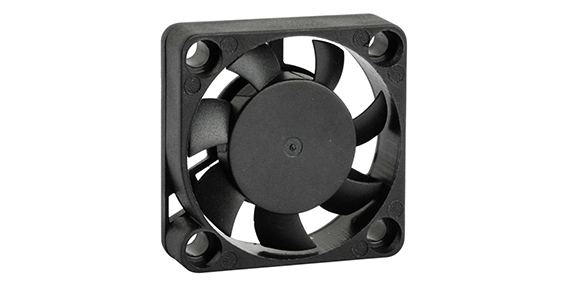Understanding Cabinet Cooling Fan 220V Configurations
In the realm of cabinet cooling solutions, a 220V setup is a common configuration employed to ensure efficient airflow for electronic devices. Cabinet cooling fans operating at 220V provide a higher voltage, delivering enhanced performance for optimal temperature control within electronic enclosures. However, like any system, these setups may encounter issues that require careful troubleshooting to maintain their effectiveness.
Cabinet cooling fans operating at 220V play a crucial role in maintaining the temperature equilibrium within electronic cabinets. The axial fan application in this setup facilitates the steady circulation of air, preventing electronic components from overheating. However, to ensure seamless operation, it's essential to address common issues that may arise and troubleshoot them effectively.
Identifying and Addressing Common Issues for Cabinet Cooling Fan 220V
One of the frequent issues encountered in a cabinet cooling fan 220V setup is related to power supply. If the fan is not receiving power, check the power source, ensuring that the 220V supply is consistent. Use a voltage tester to verify the voltage levels. If the power supply is intact, consider examining the fan's power cord and connections for any damage. Replacing a faulty power cord or addressing loose connections can often resolve power-related issues.

In the context of a 220V setup, interruptions in the axial fan application may occur. These interruptions could lead to uneven airflow or, in some cases, the fan not operating at all. To troubleshoot, inspect the fan blades for obstructions that might impede their rotation. Additionally, assess the fan motor for signs of wear or damage. Regular cleaning and maintenance can prevent issues related to axial fan applications in a 220V setup.

Cabinet cooling fans operating at 220V are designed to prevent overheating, but issues can still arise. If the fan is continuously running at maximum speed or experiencing thermal shutdowns, it may indicate a problem. Check for any obstructions blocking the fan's airflow path, and ensure that the ambient temperature is within the fan's specified operating range. In some cases, upgrading to a fan with higher airflow capacity may be necessary to address persistent overheating issues.
Troubleshooting Tips for Cabinet Cooling Fan 220V Setups
Implementing routine maintenance practices is crucial for the optimal performance of cabinet cooling fans in a 220V setup. Regularly inspect and clean the fan blades to remove accumulated dust and debris. Ensure that the fan motor and bearings are lubricated as per the manufacturer's recommendations. Periodic maintenance not only prevents common issues but also extends the lifespan of the cabinet cooling fan.
Verify the voltage regulation within the 220V setup to ensure the cabinet cooling fan operates within its specified range. Fluctuations in voltage can lead to performance issues and potential damage. Consider using a voltage regulator or surge protector to stabilize the power supply and protect the fan from voltage spikes. Monitoring the voltage levels and implementing appropriate regulation measures can mitigate many power-related problems.
The placement of cabinet cooling fans is a critical factor in optimizing airflow. Ensure that the fans are strategically positioned to provide uniform cooling throughout the electronic cabinet. Check for any obstacles that might hinder the airflow and reposition fans if necessary. Additionally, consider installing fan guards to prevent foreign objects from interfering with the axial fan application, maintaining smooth and uninterrupted airflow.
In conclusion, a cabinet cooling fan operating within a 220V setup is a powerful solution for temperature management in electronic enclosures. Understanding common issues such as power supply challenges, axial fan interruptions, and overheating is essential for effective troubleshooting. By implementing routine maintenance practices, regulating voltage, and optimizing airflow, users can sustain the efficient operation of cabinet cooling fans in a 220V configuration. As technology advances, addressing these challenges ensures that cabinet cooling solutions continue to play a vital role in preserving the longevity and performance of electronic devices.

 EN
EN 

 +
+
 +
+
 +
+



